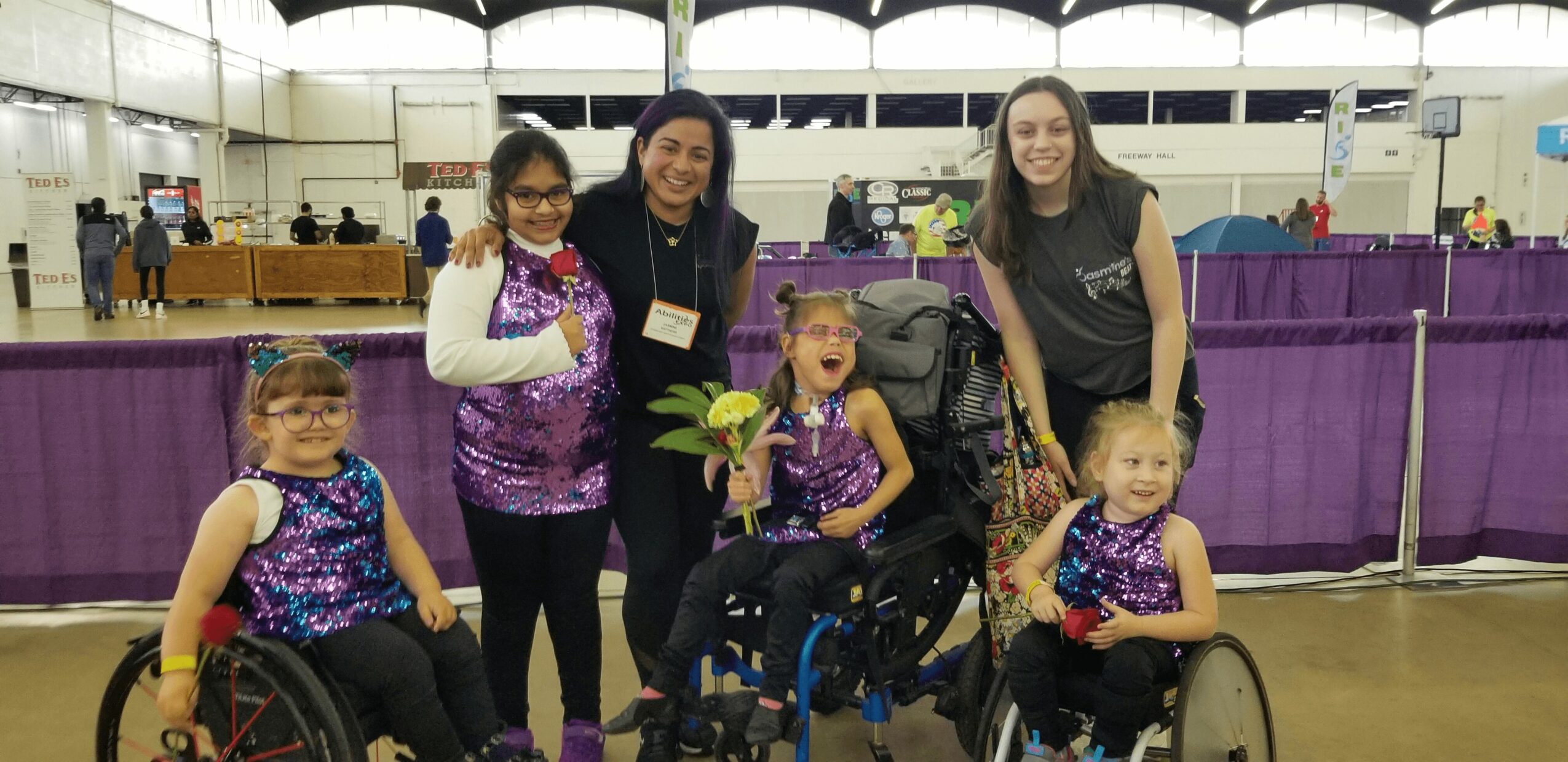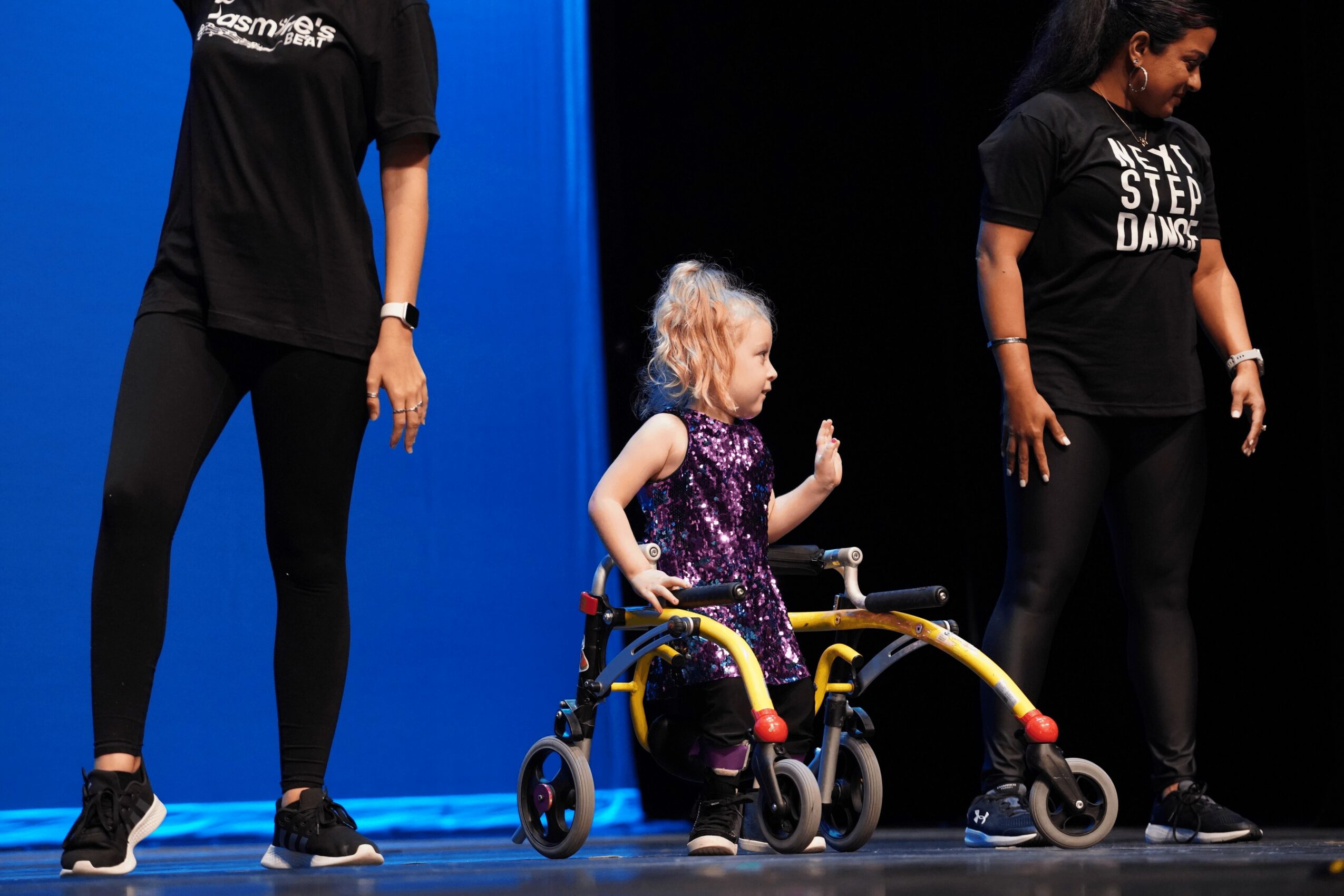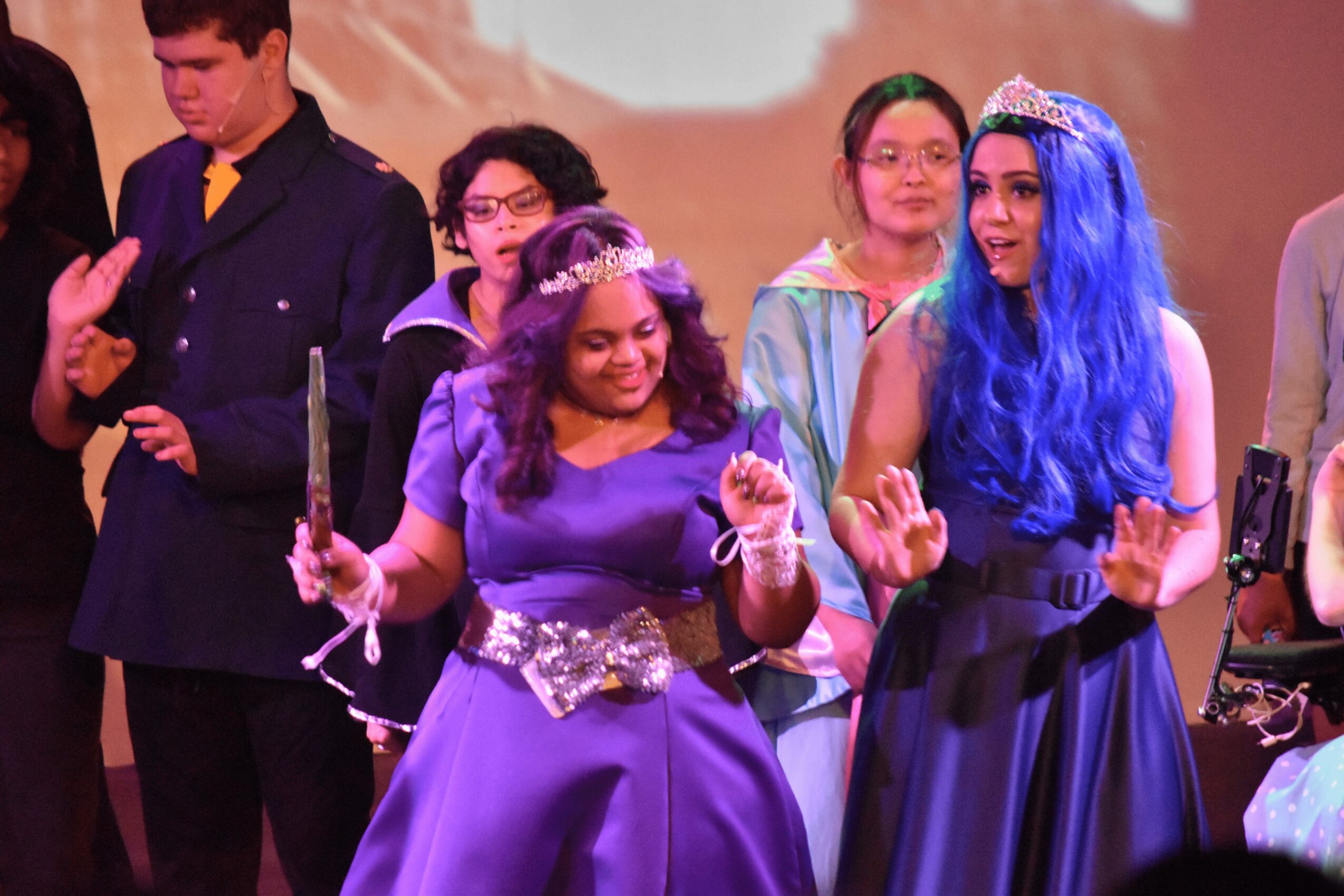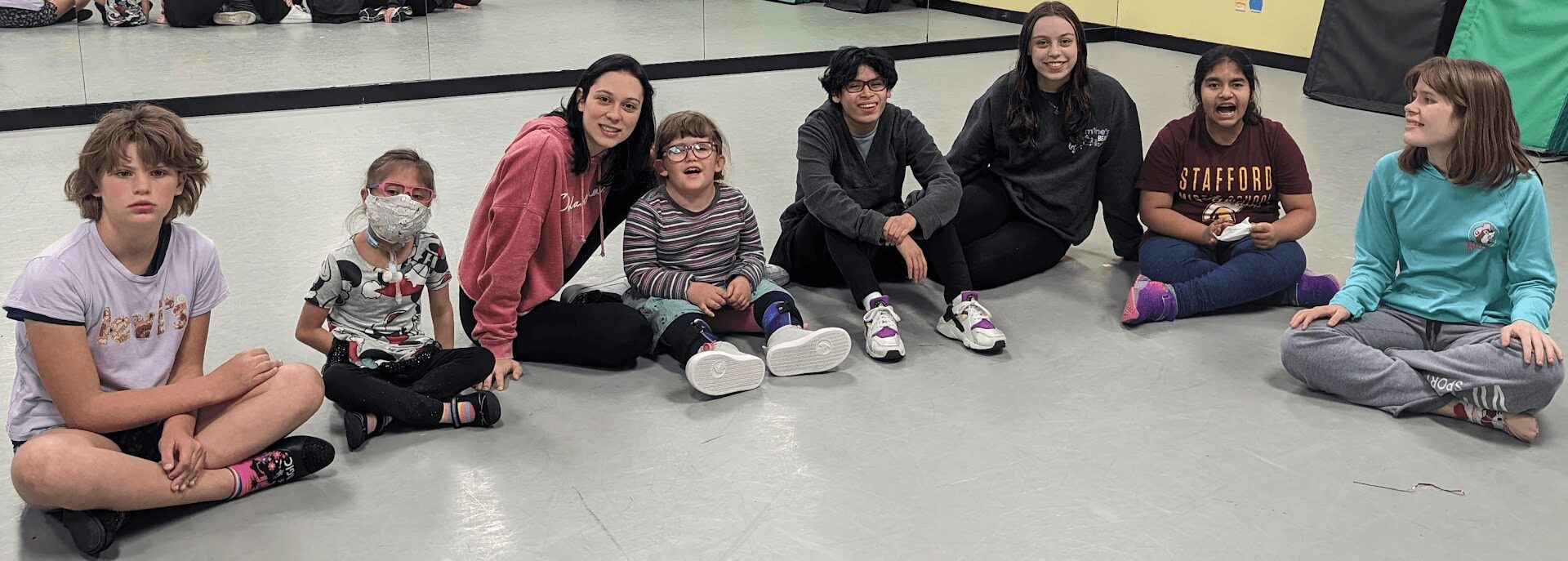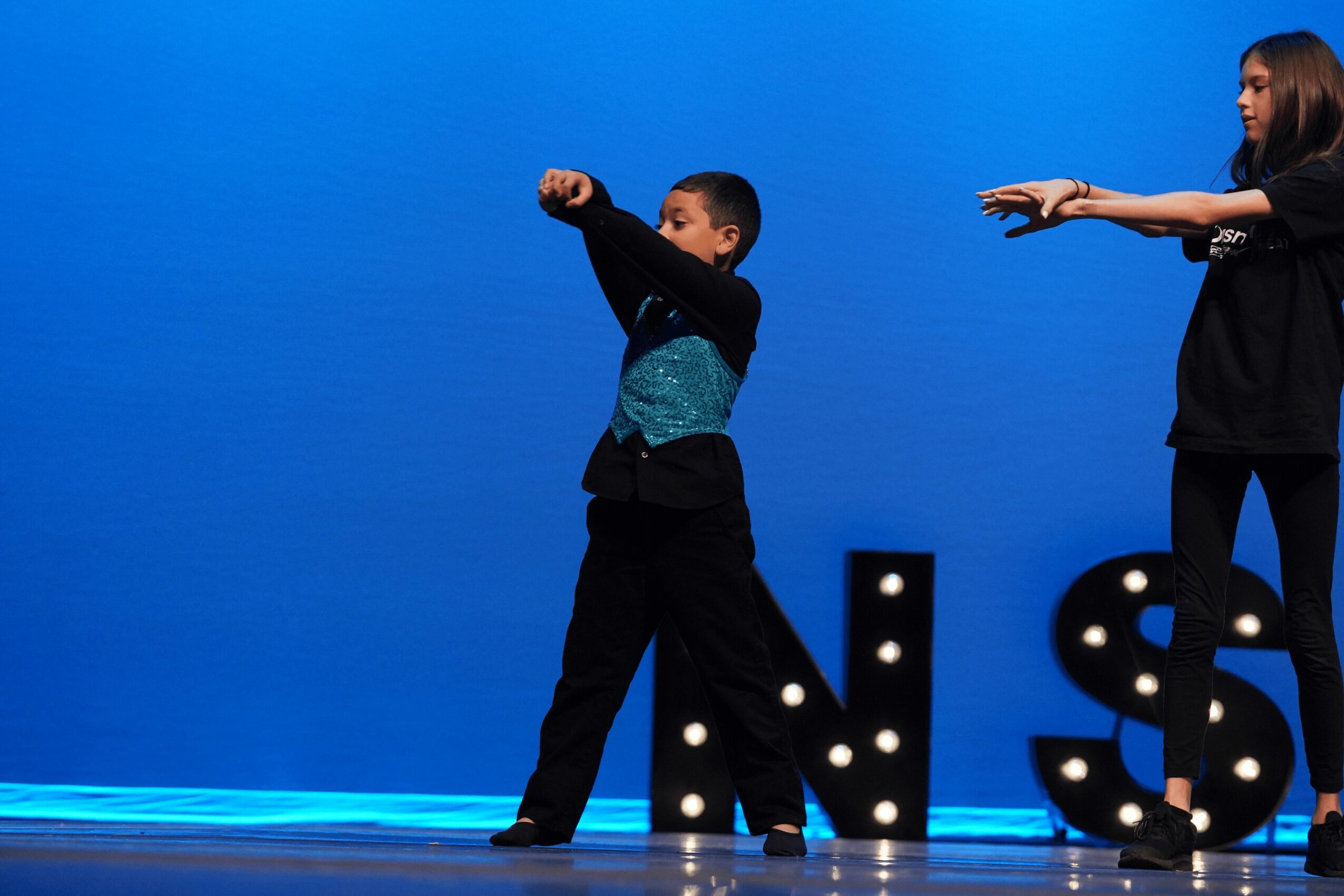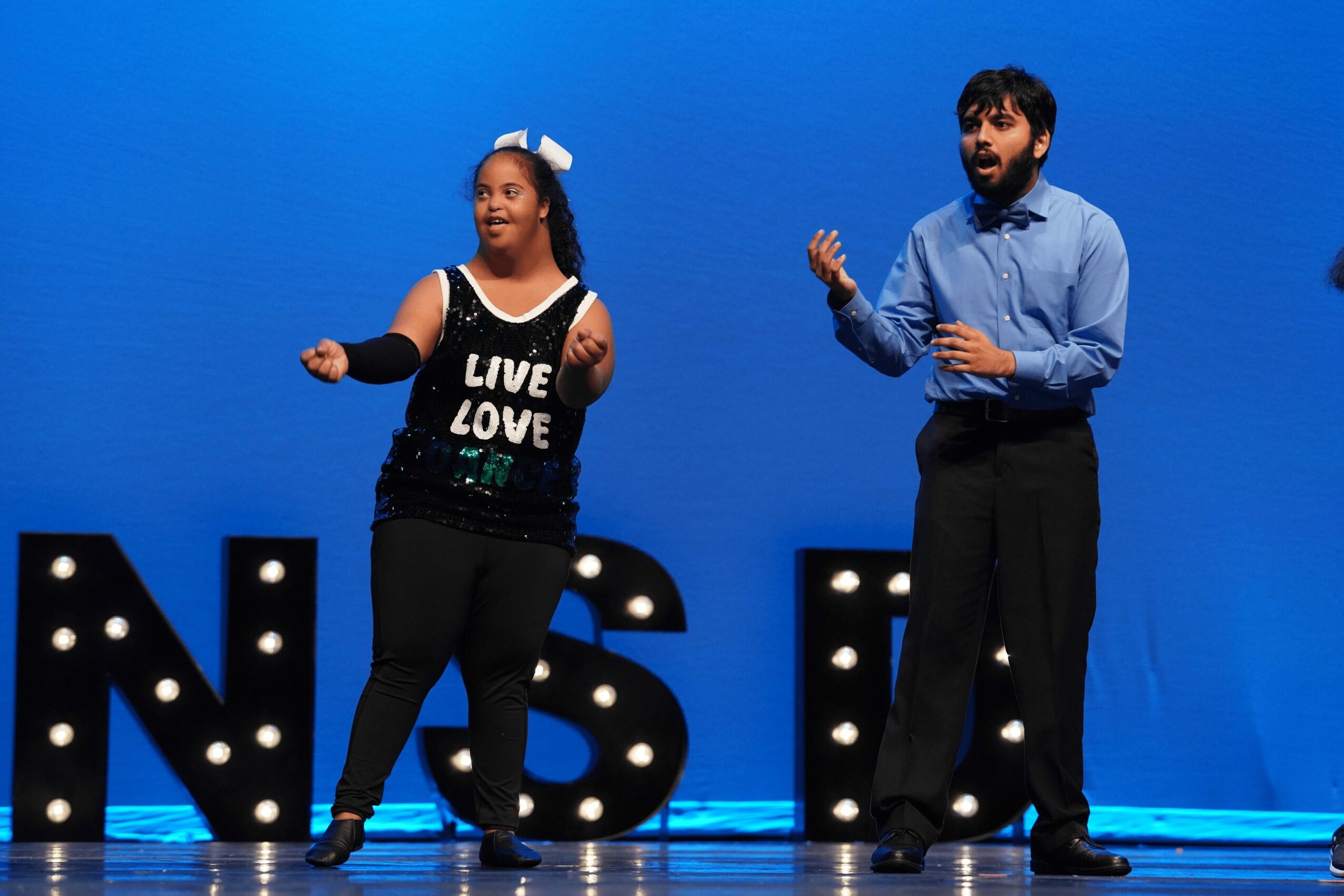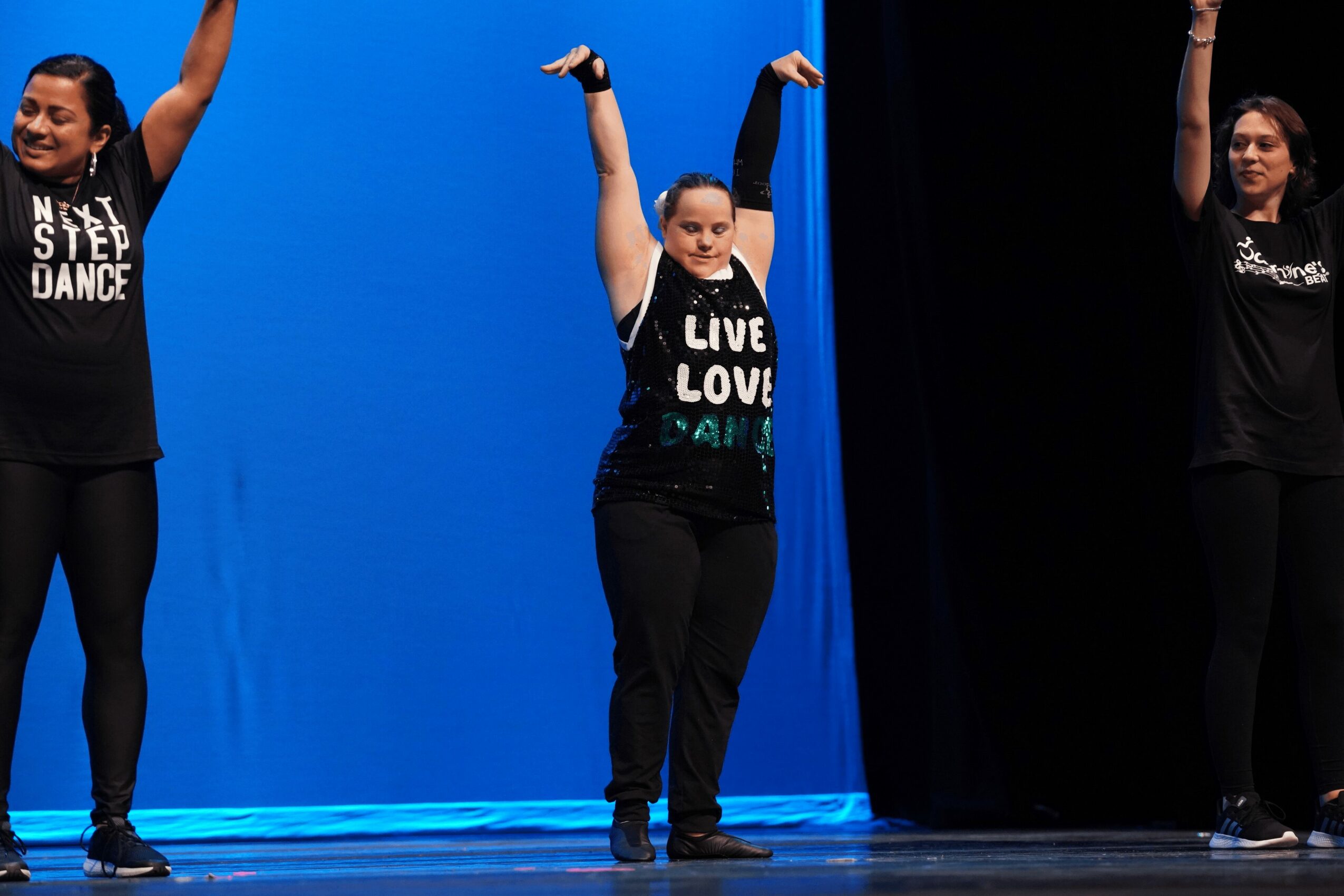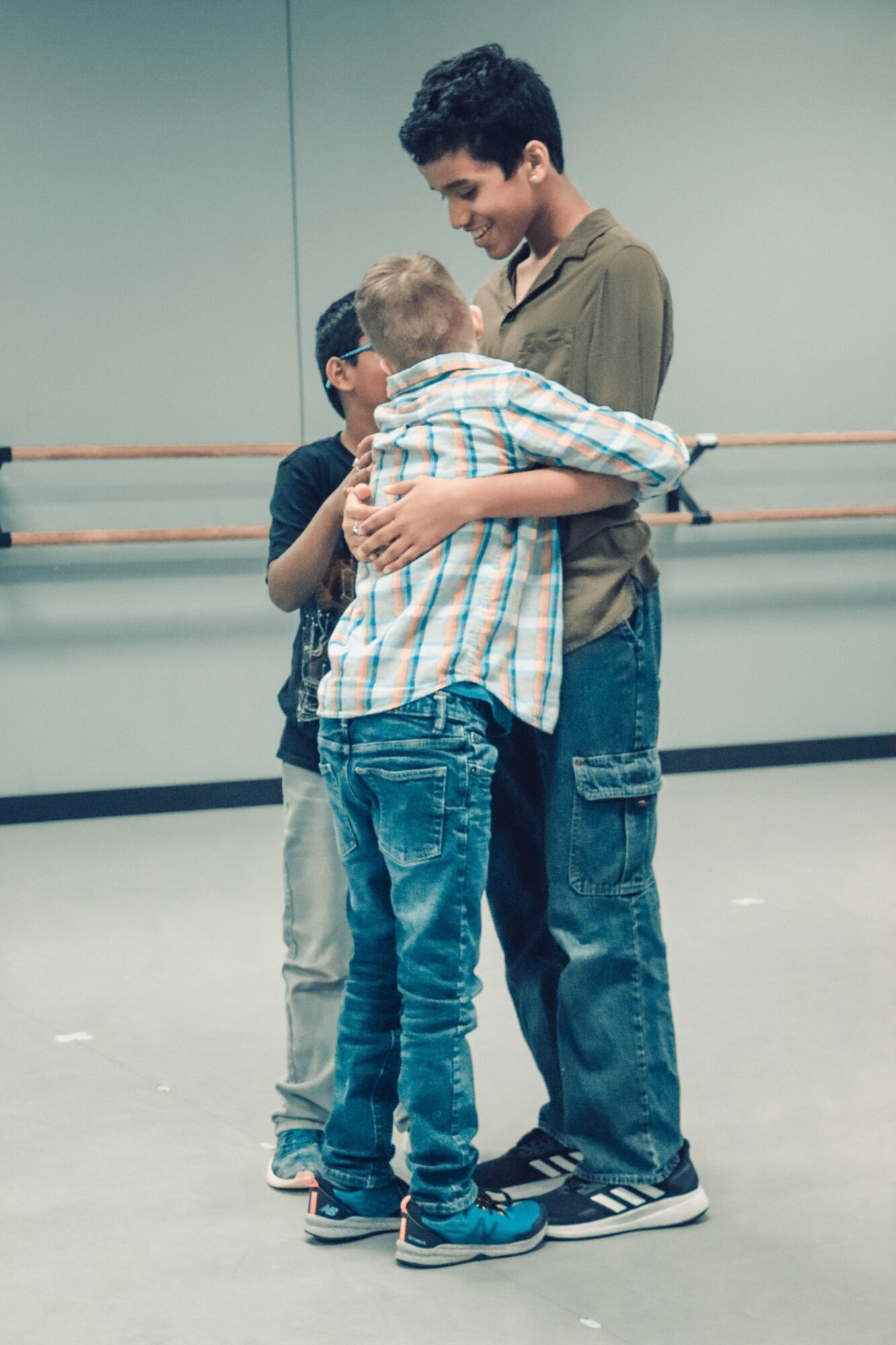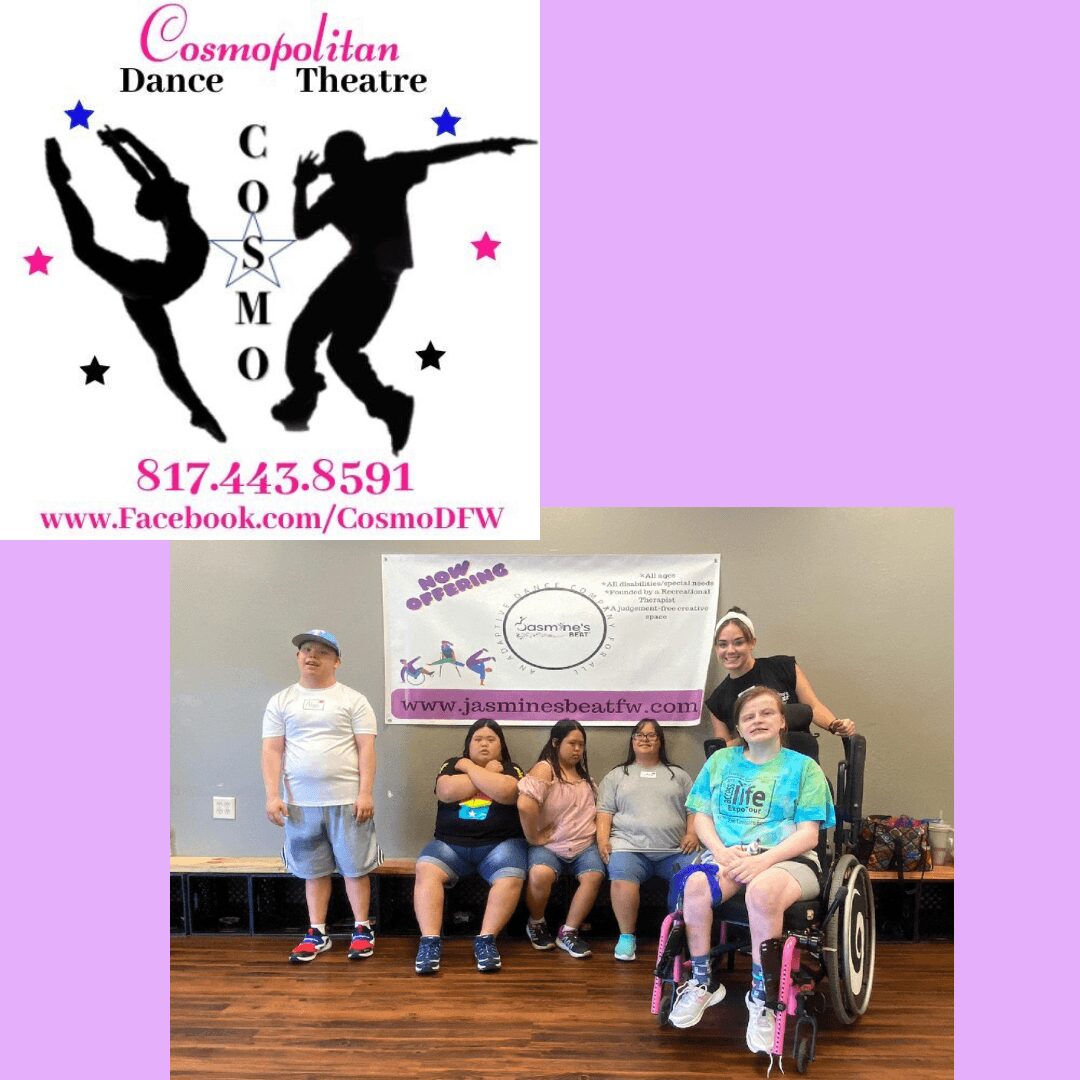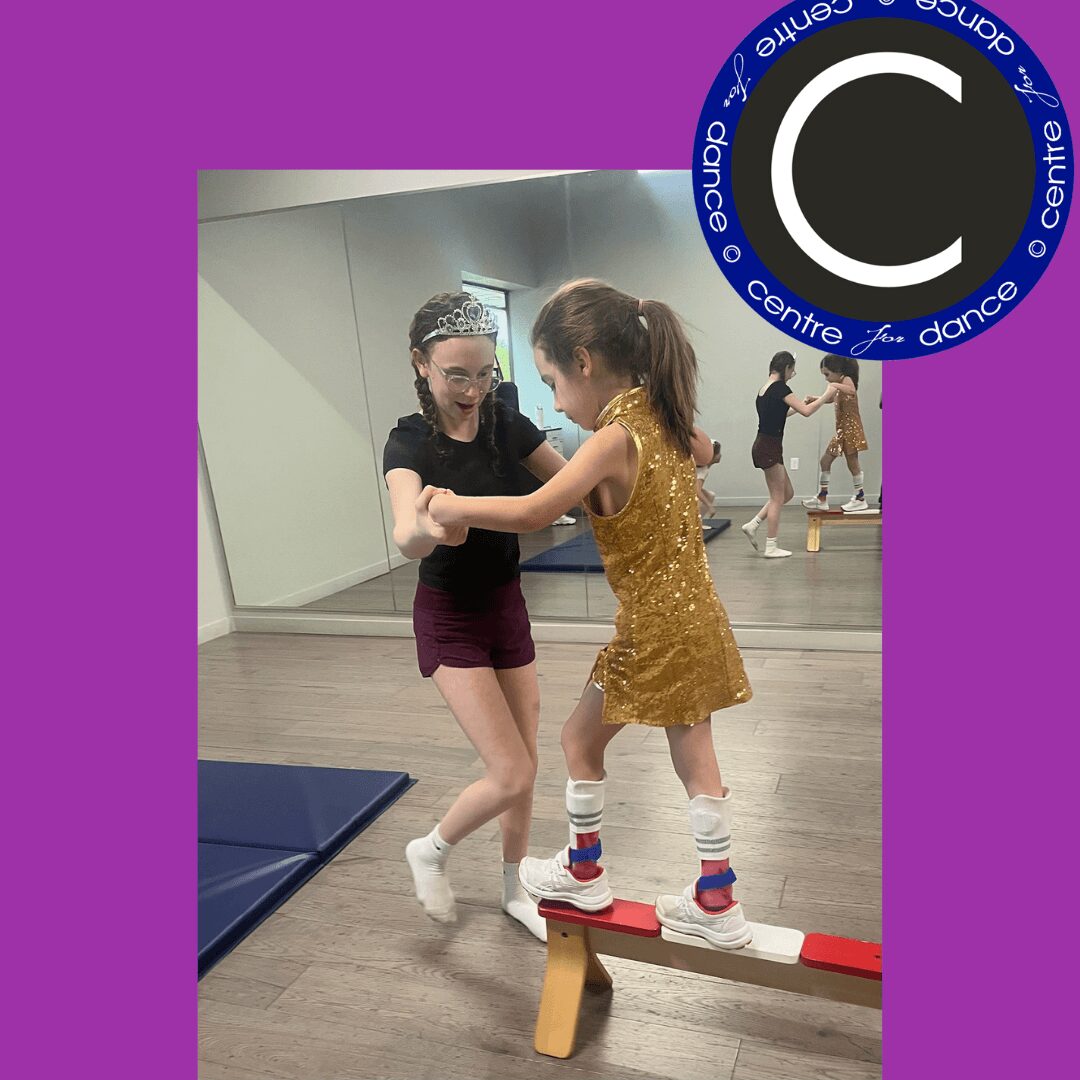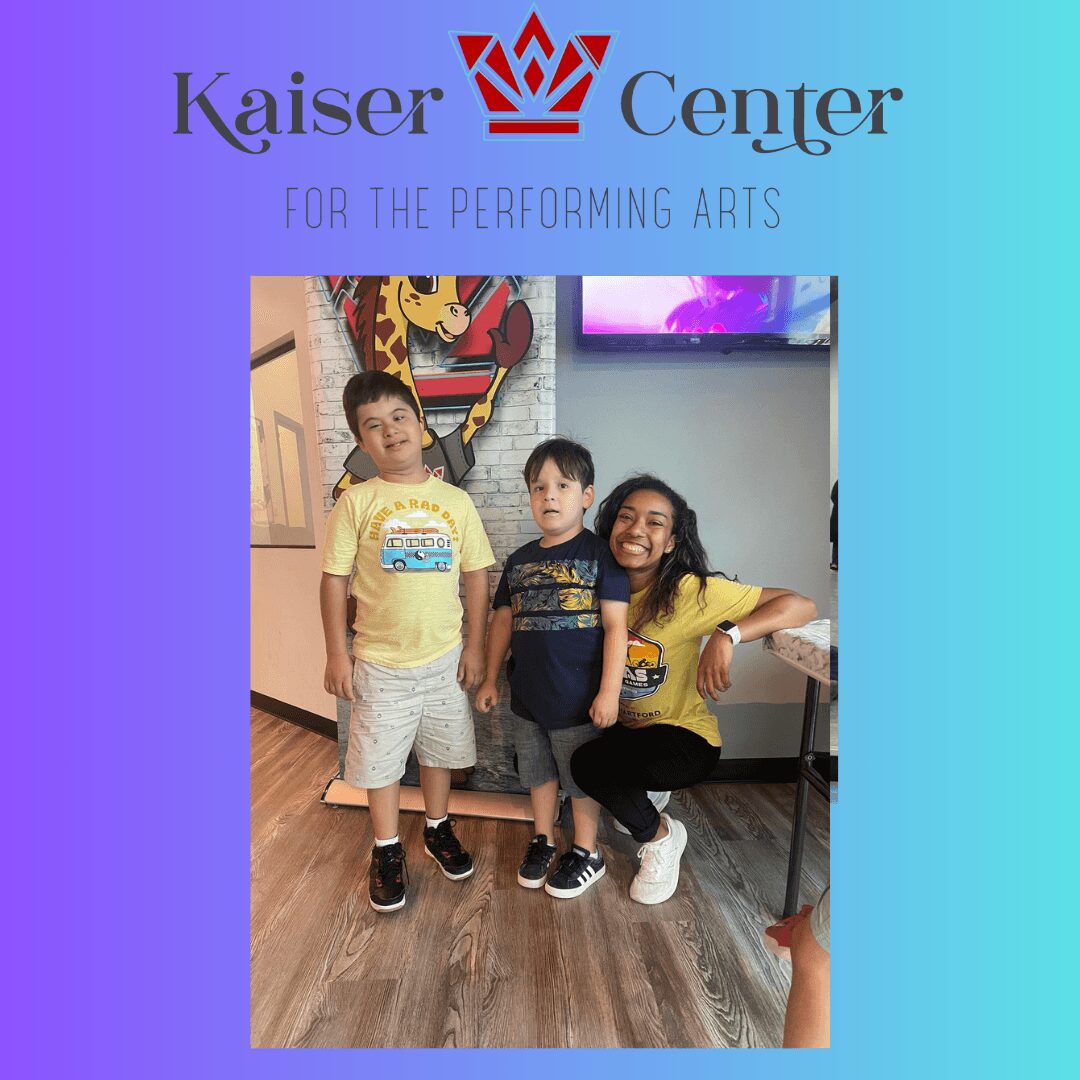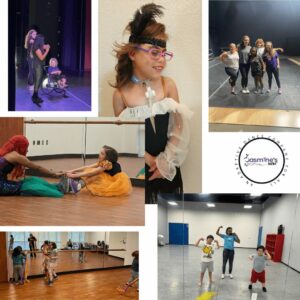 Today, we’d like to introduce you to Jasmine Mathew.
Today, we’d like to introduce you to Jasmine Mathew.
Hi Jasmine, it’s an honor to have you on the platform. Thanks for sharing your story with us – to start, maybe you can share some of your backstory with our readers.
I was born and raised in Philadelphia, PA. I moved to TX with my husband and family in 2014 and was a stay-at-home mom for a few years.
I was an experienced recreational therapist before that, and I had an itch to return to the community. I always taught dance as a side gig and eventually began working as a Recreational Therapist through home health agencies.
In the process of working with my clients and developing relationships, they found out I taught dance on the side and stated that they wished there was a class that could modify or adapt choreography for them in a year-round class. “Just like the other classes”.
Or if there was one, it would be too far away or short-lived. I did some research, and they were right. So, I decided I would start an adaptive dance class. One class led to contracts with some more dance studios, which led to contracts with schools and dance studios even further because I decided to also train adaptive dance instructors who had a passion for working with students with disabilities.
Though we have had some obstacles and ups and downs, we have stayed persistent, and consistency is key. Always willing to adapt and change but always being an advocate for each of our students has been our company’s motto.
Alright, let’s dig a little deeper into the story – has it been an easy path overall, and if not, what challenges have you had to overcome?
The struggles have never really gone away. We have had trouble reaching more families or just letting parents know that “yes, your child CAN dance with us.” We also have financial struggles in needing to charge for our classes, unlike non-profits or grant-based workshops.
While that can sustain us, it also keeps some families from signing up for classes. Also, like any other business, we have had some turnover in the past with staff, which is never a good thing when working with students with disabilities who crave routine and familiarity.
While it has happened this way, we have learned from it and constantly made sure to make the changes needed to bring back consistency and reliability to our company.
Can you tell our readers more about what you do and what you think sets you apart from others?
As a dance artist, I have never had a huge amount of self-confidence in both performing and teaching. I always compared myself to others and thought I wouldn’t be good enough. When I started working as an adaptive dance instructor, I realized I had to put myself in my student’s shoes and make adaptations and modifications in my dance choreography that I would show them.
I would also want to make sure that they are able to shine individually despite possibly needing to show choreography in a different manner compared to the rest of the group. For example, being in a wheelchair, you may need to only do upper body movements, but the flow and directionality can match the rest of the group. I think what I am most proud of is that I am reaching students who typically get overlooked for either being in dance at all or needing to be a supportive dancer versus a primary dancer.
It had been shown to me the profound effect that creates through parents tearing up at a performance, parents speaking on behalf of our dance company to others, students letting me know that they felt proud of themselves, and families coming back stating they want more of that. I think what sets my work apart from others is that I don’t set a limit to what I can provide. I work with seniors who need fun movement while in a seated position and have music they love to hear.
I also don’t have a set age in our groups and differentiate groups as needed based on developmental needs. For example, if an autistic teen works better in our youth group or if a young student with a physical disability works better in a teen group, then I would cater to those needs. I work with blind and deaf students, and I am learning more techniques as I have been offered more options.
I learned ASL and continue to do so. I continue to work with large-scale dance companies that have inclusive programs and attend their workshops to further our classes and instructors. I also use my background as a Recreational Therapist to show my students that they can achieve anything while having fun.
What does success mean to you?
Success is knowing that you are leaving a legacy behind to be continued, hopefully, while making positive changes in the community. It is hearing back that a student can now speak up for themselves in a different setting because of the confidence our class gave them.
It has a parent state that their loved one can now state that “I am a dancer” when told “sorry about your disability.” It is having a student state that they have their anxiety and depression alleviated through dance class.
It also helps me find my own self-confidence through making these changes. I think the quote “Leave the world better than it was” is something I would like to live by.
Contact Info:
- Website: www.jasminesbeat.com
- Instagram: www.instagram.com/jasminesbeat
- Facebook: www.facebook.com/jasminesbeat
- Twitter: @beat_jasmines
- Youtube: www.youtube.com/jasminesbeat
- Yelp: www.yelp.com/jasminesbeat
